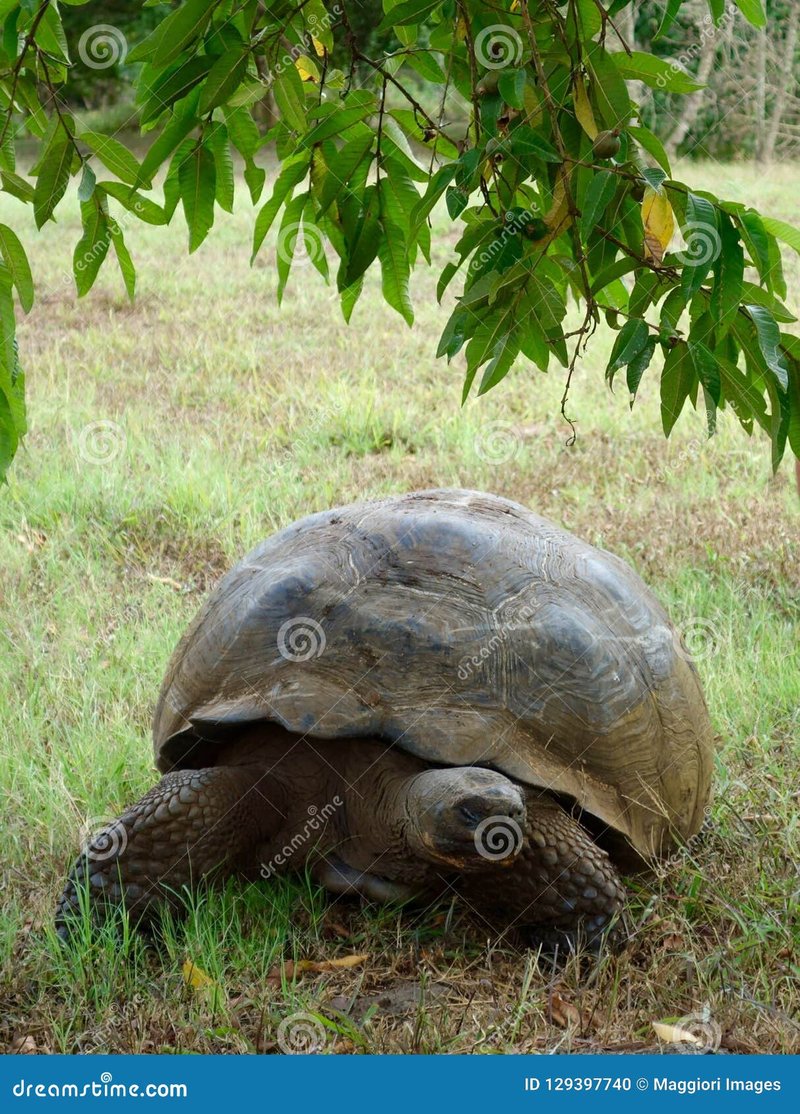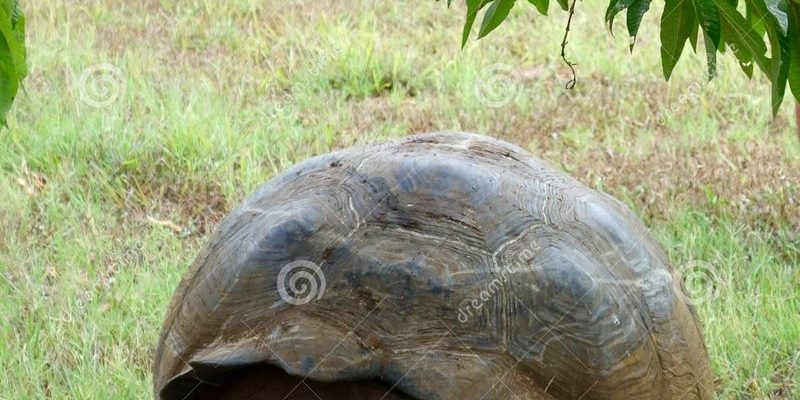
So, how do these gentle giants contribute to their environment? Honestly, their impact is quite profound. They not only influence the plant life around them but also participate in a web of interactions that support other species. Think of them as the unsung heroes of their ecosystem, working silently but effectively behind the scenes. Let me explain how these remarkable reptiles fit into the larger picture of life in the Galápagos.
Understanding the Ecosystem of the Galápagos Islands
The Galápagos Islands are often described as a living laboratory of evolution. They host a wide array of flora and fauna that evolved in isolation over millions of years. This unique environment is fragile yet resilient, where every species plays a critical role. The Galápagos tortoise, particularly, is important to maintaining the health of these ecosystems.
You might be wondering, what exactly is an ecosystem? Well, it’s a network of living organisms—plants, animals, and microorganisms—interacting with one another and their environment. In the case of the Galápagos, it’s not just about the tortoises; it involves everything from the smallest insects to the largest sea mammals. The tortoises contribute to this delicate balance in several ways.
Grazers of the Landscape: The Tortoise’s Feeding Habits
Galápagos tortoises are herbivores, spending their days munching on various types of vegetation, such as grasses, leaves, and fruits. This feeding behavior plays a crucial role in shaping the landscape. By consuming large quantities of plants, they help to control plant growth, which can prevent certain species from dominating the environment.
Imagine a garden where one plant species takes over all the space. It can lead to a lack of diversity and put the entire ecosystem at risk. Tortoises keep this from happening by selectively eating certain plants, which encourages a variety of species to thrive. This not only benefits the plants but also provides food and habitat for numerous other animals.
Seed Dispersers: Nature’s Delivery Service
Here’s the thing: when tortoises eat fruits, they don’t digest all the seeds. Instead, they pass them through their bodies and deposit them elsewhere—often quite far from the original plant. This process helps in seed dispersal, which is vital for plant reproduction and diversity.
Think of it like a little delivery service. The tortoises walk slowly across the landscape, carrying seeds to new locations where they can germinate and grow into new plants. This movement not only helps maintain genetic diversity among plant populations but also supports the overall health of the ecosystem.
The Impact on Other Species
By grazing on vegetation and dispersing seeds, Galápagos tortoises create a ripple effect that benefits other species. Their eating habits can help create habitats for insects, birds, and even small mammals that rely on diverse plant life for food and shelter.
For example, many birds nest in the shrubs that thrive because of the tortoise’s selective eating. If tortoises weren’t around to help manage the plants, these birds might struggle to find suitable nesting sites, ultimately affecting their populations. You can see how interconnected everything is—removing one piece, like the tortoise, can disrupt the whole system.
Competition and Cooperation in the Ecosystem
The Galápagos tortoise also interacts with other herbivores on the islands. They often compete with other animals, like iguanas and various bird species, for food. But remember, competition isn’t always a bad thing! It can drive evolution and ensure that only the strongest and most suited animals thrive.
Moreover, tortoises can sometimes cooperate with other species. For instance, small birds known as “wrens” often follow tortoises around, picking up insects that are disturbed by the tortoise’s movements. This relationship benefits both the tortoise and the bird, showcasing how interconnected life can be.
The Threats Facing Galápagos Tortoises
Unfortunately, the Galápagos tortoise faces numerous threats today. Human activities like habitat destruction, the introduction of invasive species, and climate change are putting tremendous pressure on their populations.
For instance, when humans remove vegetation for agriculture or development, it can limit the food sources available to these tortoises. Invasive species, such as goats and rats, can outcompete native species for resources, leading to further decline in tortoise populations. If we lose these tortoises, we’ll also lose the crucial roles they play within their ecosystems.
Conservation Efforts and Their Importance
Conservation efforts are underway to protect the Galápagos tortoise and its habitat. Organizations work tirelessly to remove invasive species, restore native vegetation, and educate locals and visitors about the importance of these gentle giants.
You might wonder why these efforts matter. When we protect tortoises, we’re not just saving one species; we’re preserving an entire ecosystem. Healthy tortoise populations contribute to biodiversity, and a rich variety of life can improve ecosystem resilience against changes, like climate anomalies.
In conclusion, the Galápagos tortoise is much more than an iconic symbol of the islands; it’s a vital player in the intricate dance of life that makes up the Galápagos ecosystem. By grazing on vegetation and aiding in seed dispersal, these tortoises maintain plant diversity and provide habitats for other species.
As we face growing environmental challenges, understanding the role of the Galápagos tortoise is crucial. Protecting these magnificent creatures means protecting an entire web of life. So the next time you think about the Galápagos Islands, remember the important role these tortoises play. After all, every piece of the ecosystem matters, and the tortoise is a key player in keeping it all together.

